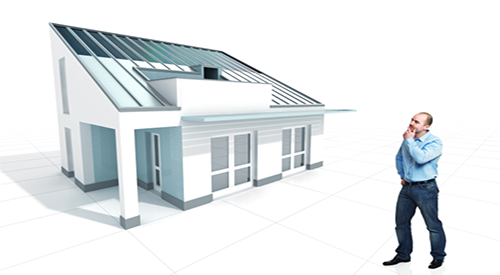
Five Key Questions
- Does the site really have good sun exposure between 9 a.m. - 4 p.m.?
- How old is the roof and how much time is remaining on the warranty?
- Will the roof hold additional weight?
- Can you penetrate the roof?
- Can you interconnect the solar system to the grid, considering the property's utility company and service voltage?
Watch For These Red Flags!
- Non-standard utility company (other than IPL-Alliant Energy, Mid-American Energy, Rural Electric Coop and Municipalities) (Rate schedule, interconnection, incentives may be a complicated process)
- Any shade, even partial (Shade of any size can limit production capabilities)
- Lots of obstacles on the roof like HVAC and vents (They cause shade and may require a decrease system footprint)
- Multiple slopes and angels on the roof (May increase design complexity and installation costs)
- An old roof in poor condition (A solar system lasts 20 years)
- No access to rafters (The roof might not be structurally sufficient to hold the weight of a system)
- Old electrical switch gear (May limit sizing of array and/or interconnection options)
- Long distances or poor access to the power source (meter) (May limit design options)
- A tilt-up building structure (Limits the options for solar due to structural loading)
- Ground mount area with rocky soil, uneven terrain (Adds to cost)
- Homeowners Association (HOA'S can demand special requirements)
- No Internet access for monitoring (Internet access is required within 6' of inverter location. Can owner provide?)
- Undiscovered conditions (Buried boulders or hidden roof structure can limit design options and add to cost)
